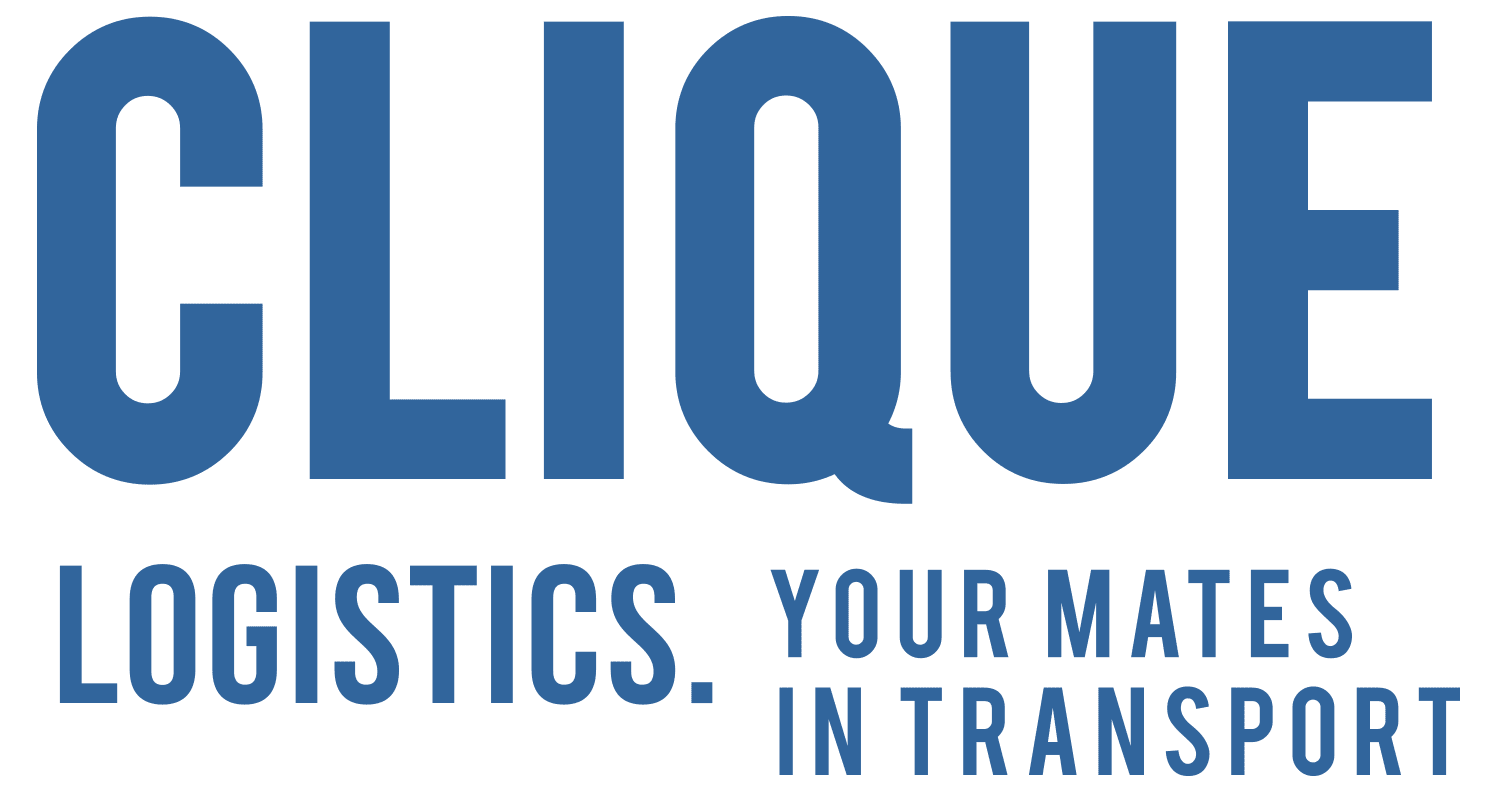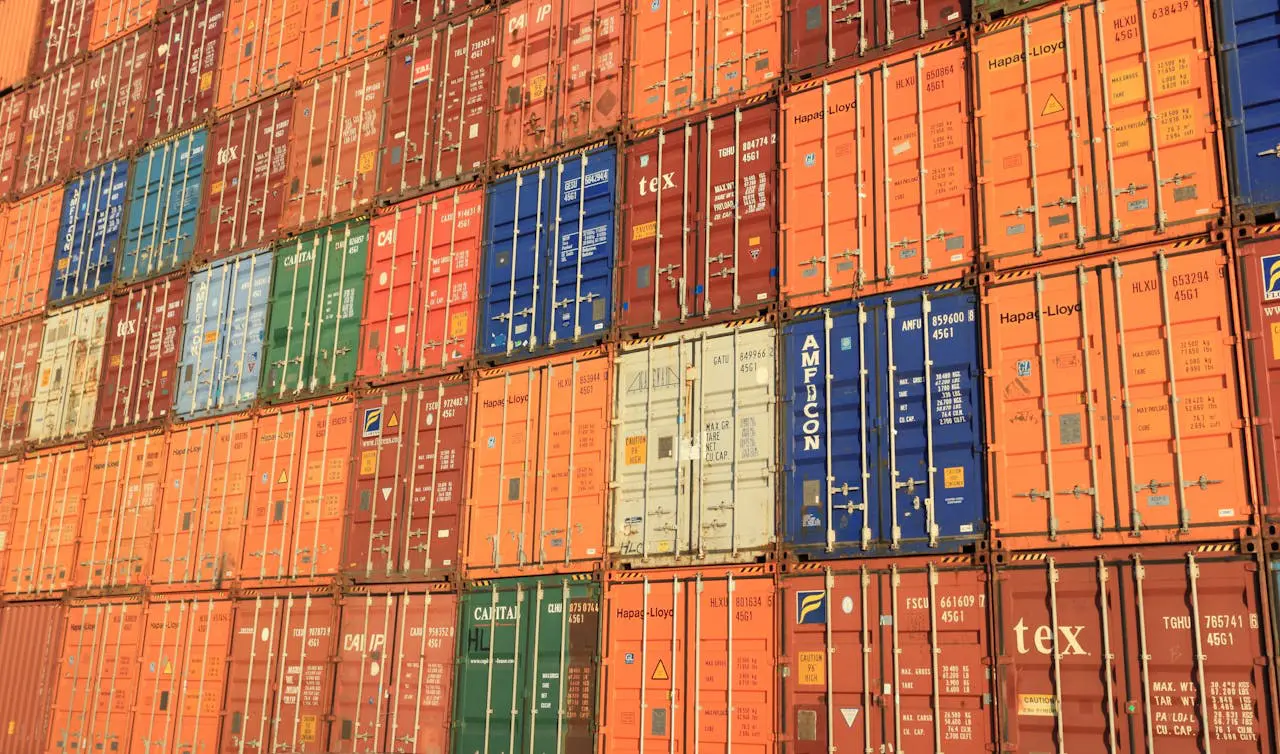In today’s competitive market, customer loyalty is one of the most valuable assets a business can have. Companies spend vast amounts on marketing and customer experience to build strong relationships, yet one critical factor is often overlooked: reliable logistics. Late or damaged deliveries can undo years of effort in just one bad experience.
While price plays a role in choosing a logistics provider, focusing solely on cost can lead to hidden consequences that impact customer retention and brand reputation. Here’s why poor logistics can drive customers away and how to prevent it.
1. The Cost of Late Deliveries
Customers expect deliveries to arrive on time, every time. When shipments are delayed, the frustration goes beyond just waiting longer for a package. Businesses relying on those goods face disrupted operations, while individual customers lose confidence in the brand.
The impacts of late deliveries include:
- Dissatisfied customers who may not reorder.
- Lost revenue from cancelled or delayed purchases.
- Damaged reputation as unhappy customers share negative reviews.
- Increased support costs from handling complaints and inquiries.
A single late shipment may be forgiven, but repeated failures create lasting damage to customer relationships.
2. The Risk of Damaged Goods
A product arriving in poor condition can be just as damaging as a late delivery—if not worse. Customers who receive broken or faulty items experience frustration, disappointment, and inconvenience.
What this means for businesses:
- Higher return and replacement costs, cutting into profits.
- Loss of trust as customers question quality control.
- Negative word-of-mouth that deters potential buyers.
Investing in a logistics partner that prioritises proper handling and secure packaging can prevent these costly mishaps.
3. The Silent Killer: Inconsistent Communication
One of the biggest frustrations for customers is not knowing what’s happening with their order. A lack of proactive updates, slow responses to inquiries, or misleading tracking information can cause friction and dissatisfaction.
Poor communication leads to:
- Customers feeling neglected and undervalued.
- Higher service workload as teams spend more time resolving delivery issues.
- Lost business as customers turn to competitors with better service.
Clear, real-time tracking and proactive updates give customers peace of mind and build trust in the brand.
4. The Long-Term Cost of Customer Churn
Customers don’t just leave because of one bad experience—they leave because of a pattern of inconsistency. A business may save money by choosing a low-cost freight provider, but if logistics failures lead to customer churn, those savings quickly disappear.
The hidden costs of losing customers:
- More expensive acquisition efforts to replace lost buyers.
- Decreased customer lifetime value (CLV).
- Weakened brand reputation in the market.
Loyal customers are more profitable over time, making it essential to prioritise logistics quality as part of the overall customer experience.
5. Choosing a Logistics Partner That Protects Your Brand
To safeguard customer loyalty, businesses must select a logistics provider that offers reliability, transparency, and proactive service. Key factors to consider include:
- On-time delivery rates.
- Damage prevention measures.
- Real-time tracking and customer communication.
- Proactive issue resolution.
When logistics align with customer expectations, businesses experience higher retention, stronger brand loyalty, and increased long-term profitability.
Final Thoughts
Logistics isn’t just about moving freight—it’s about protecting customer relationships. A cheap provider that frequently delivers late or damaged goods might save money upfront but will cost far more in lost customers.
By prioritising reliable logistics, businesses can enhance their reputation, keep customers happy, and create a foundation for sustainable growth.





